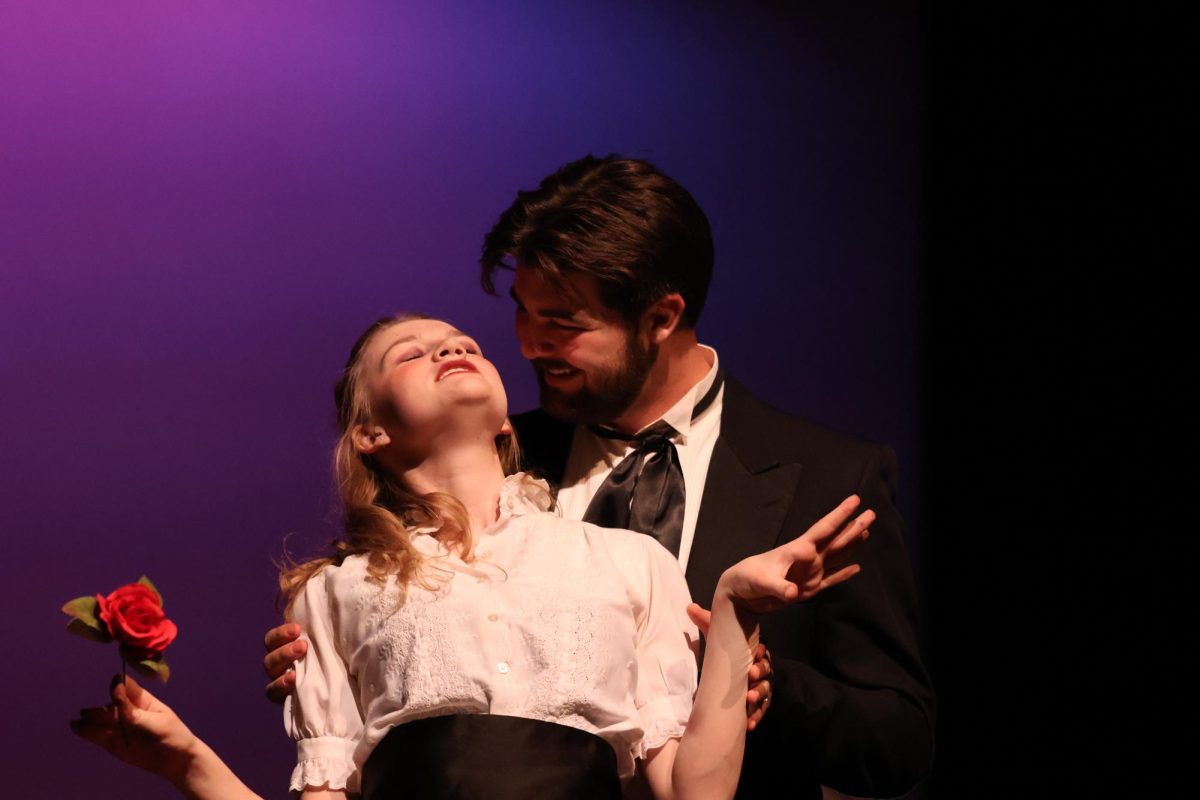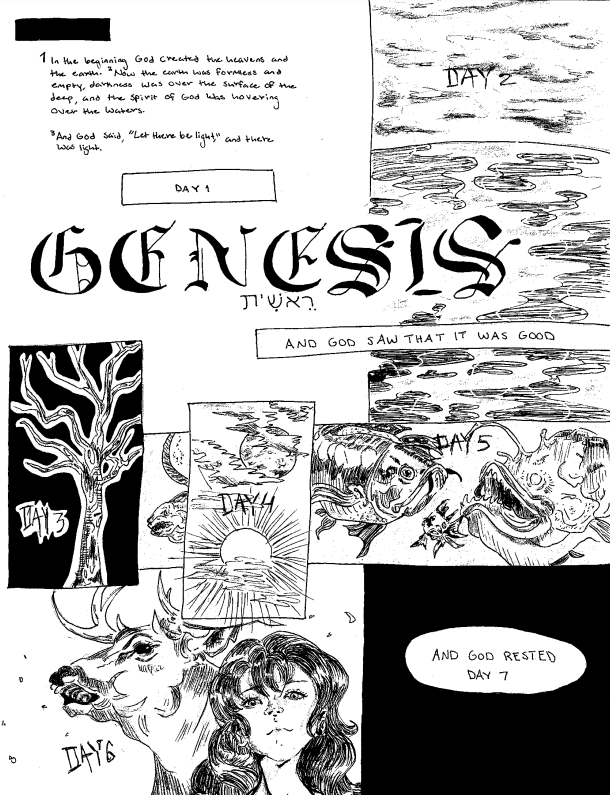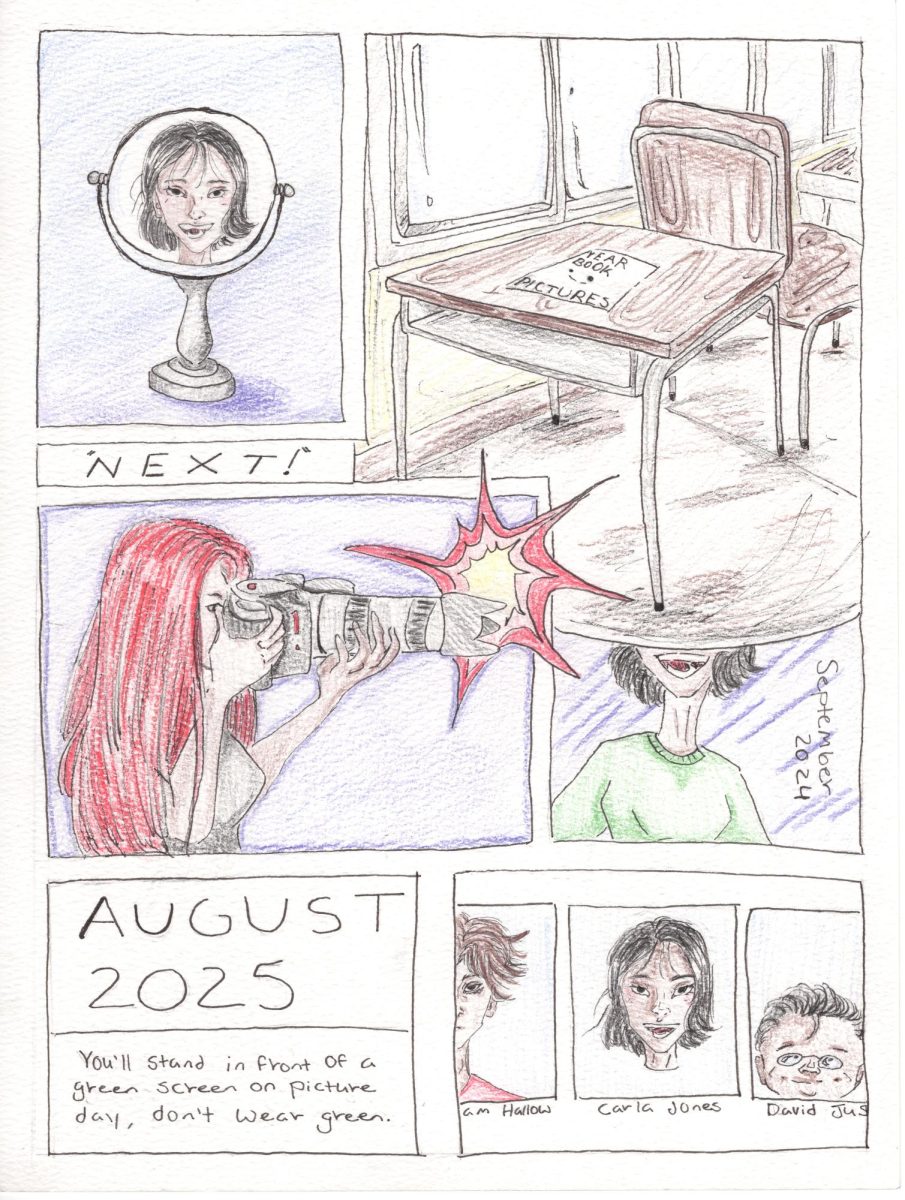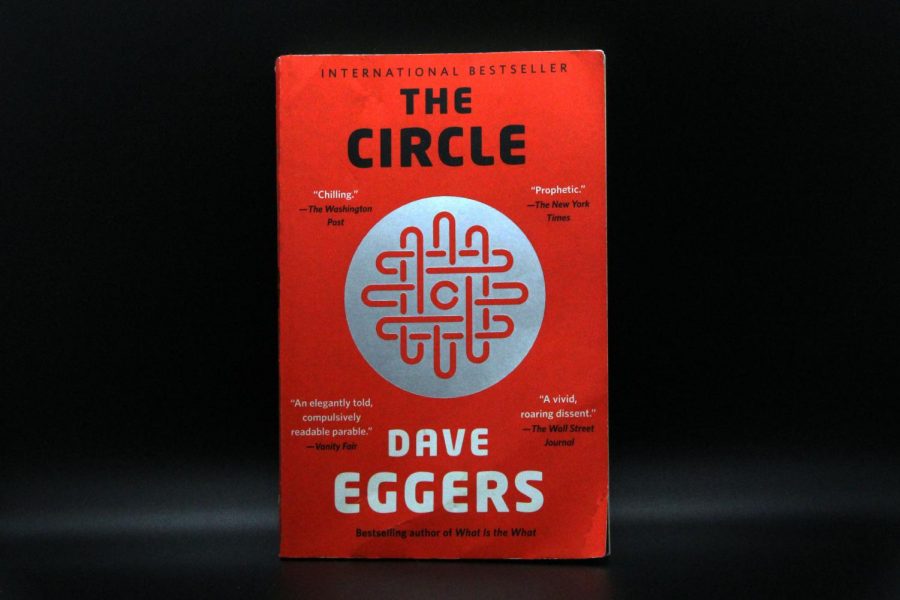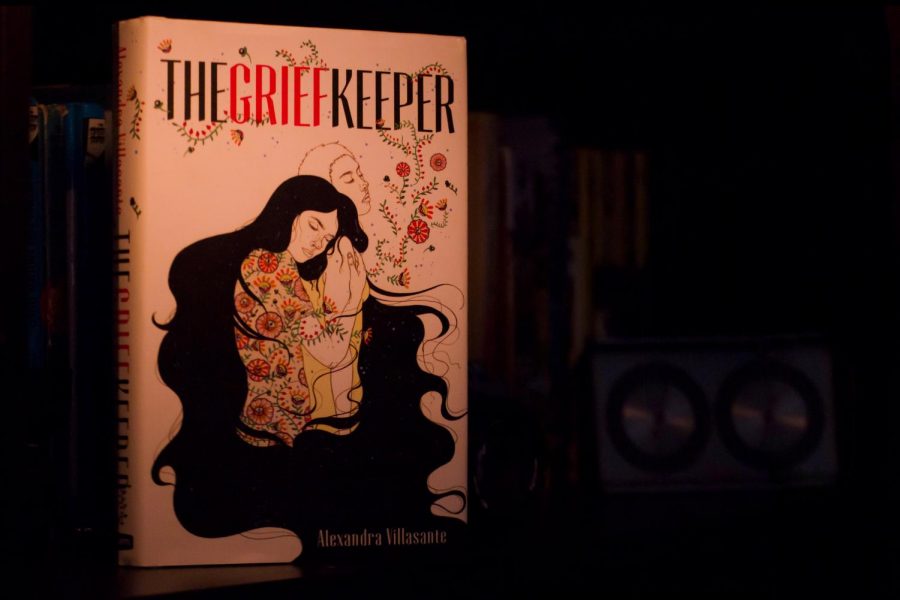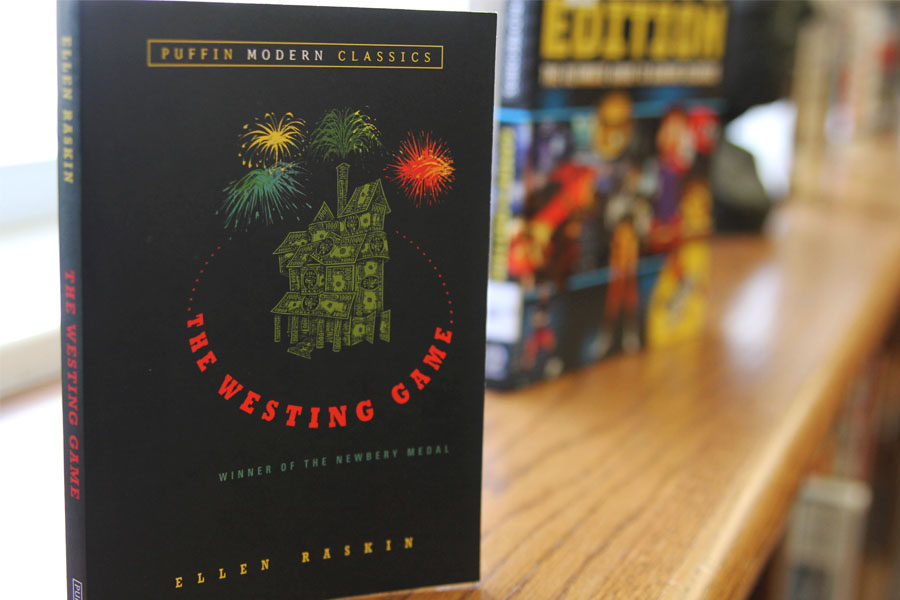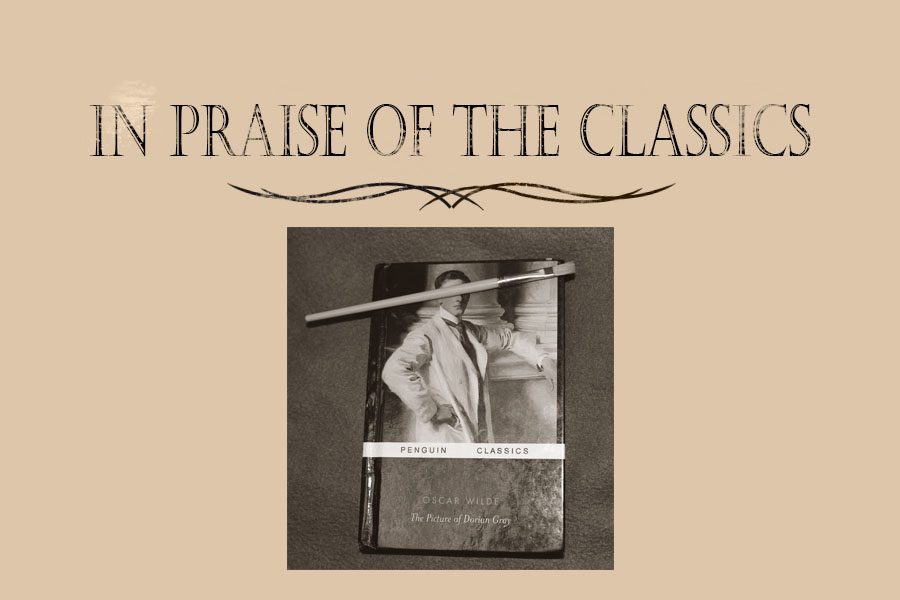Most high school students have been required to read a book. From the good, the bad and the Grapes of Wrath, students have been forced to turn page after page a book they either loved or hated. Some students like to read, other students loathe reading, however in the end most students are forced to read anyway.
Forced reading in CISD was once the Accelerated Reading system, commonly known as AR points. A student could read a book, take a quiz to test knowledge of said book, and then be rewarded for reading with points the student could spend on rewards from candy to books to movie passes. In some English classes, students were forced to accumulate a certain number of points through any books they chose to read while in other classes, students were not forced to read at all. The system encouraged students to read but, it was not perfect. Students were discouraged, and sometimes prohibited, from reading anything outside of their specific reading level.
Senior Averi Bulla said that Accelerated Reading Points gave us an incentive and also an opportunity to enhance your own personal reading level, but that the specific books we have been forced to read that have pushed us away.
From Old-English classics to American classics and all the mind numbing projects in-between, some titles have haunted students before they even receive the book. When word gets around that the “Tale of Two Cities” is a horrendous book, few want to begin reading it. Some students pour their time into these books and assignments, some have a hard time just getting through the book, while others “Sparknote” their way to success every time, without even bothering to pick up the book because they heard such bad things about it.
Some students, including junior Luci Frish, say that assignments ruined entire books and make it very difficult to appreciate any book. She said that readers strive to be who they want to be inside a book, but if students hate the book, they won’t strive for the projects at all.
However, students also agree that not all forced reads were so terrible. Harper Lee’s “To Kill a Mockingbird” was a school wide favorite that students said lived up to its outstanding professional reviews. Most English teachers choose to teach this book at some point in the high school curriculum and some students have been forced to read it more than once.
Having read “To Kill a Mockingbird” four times, senior Bryson Shaw calls the book one of the most historic in American literature. He said it’s the only book he has ever read that clearly portrays the civil rights movement throughout the South and all the problems that came with it.
My favorite forced read happened last year. I was a sophomore in Mrs. Mullins’ English II Pre-AP. The assignment was simple: pick any book that you haven’t read yet, as long as it is over 200 pages, read it, and create a presentation of some sort explaining the book and a couple of things about it. The assignment was very free and there were limitless possibilities. It was the forced reading that drew students into books they specifically liked, not just the classics that taught people specific lessons. I chose the novel “Indulgent,” devoured the 500-page book in less than two weeks and made a presentation to blow minds, simply because I liked the book so much and the assignment was so unstructured. This time the required reading didn’t feel like it was being shoved into my brain, only to be suppressed by mind.
Forced reading can be a great thing, but it can also damage futures. Requiring students to read a certain book may be important for the curriculum, however, it turns reading into something students see as a terrible thing. Instead of a different “classic” for every lesson, an unstructured and creative project would show students that not all books are as unrewarding and hard to read as “The Tale of Two Cities”.


